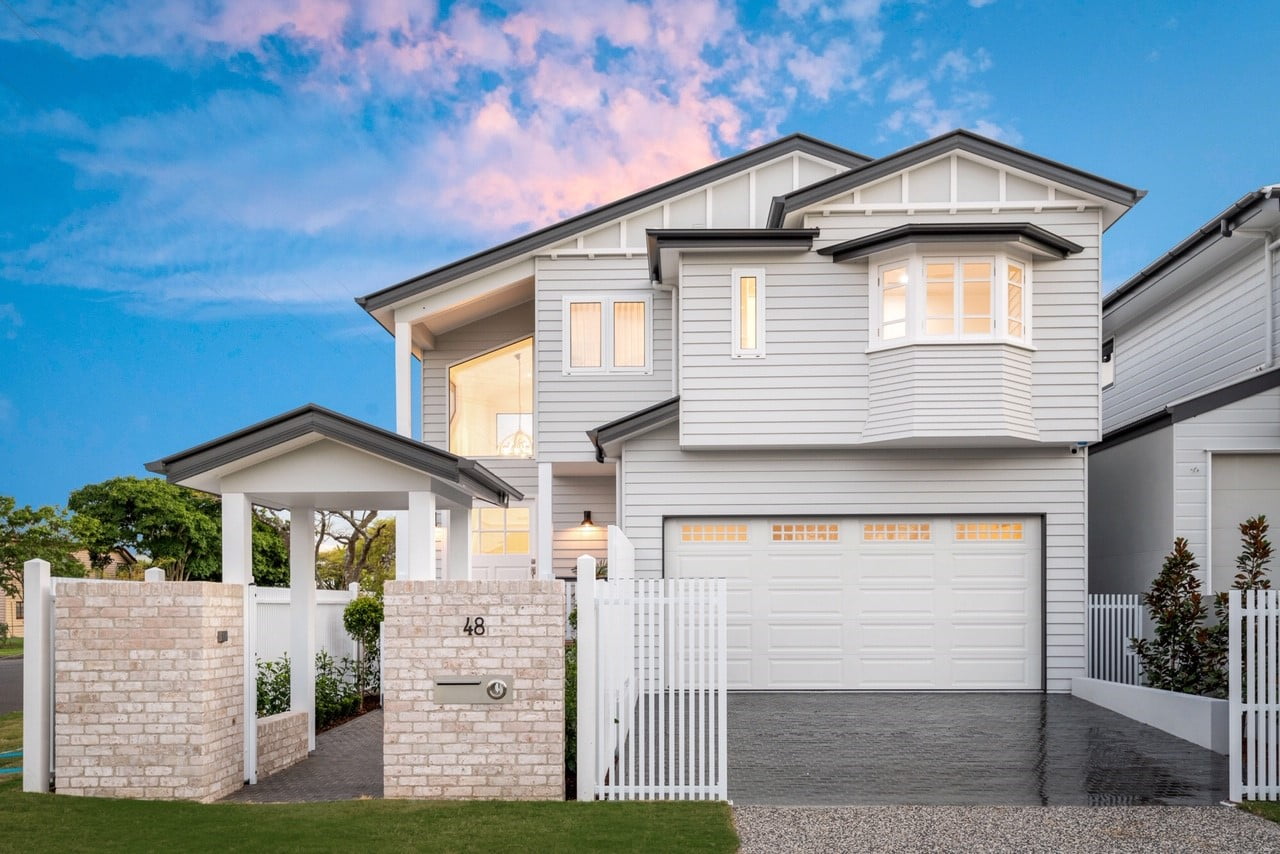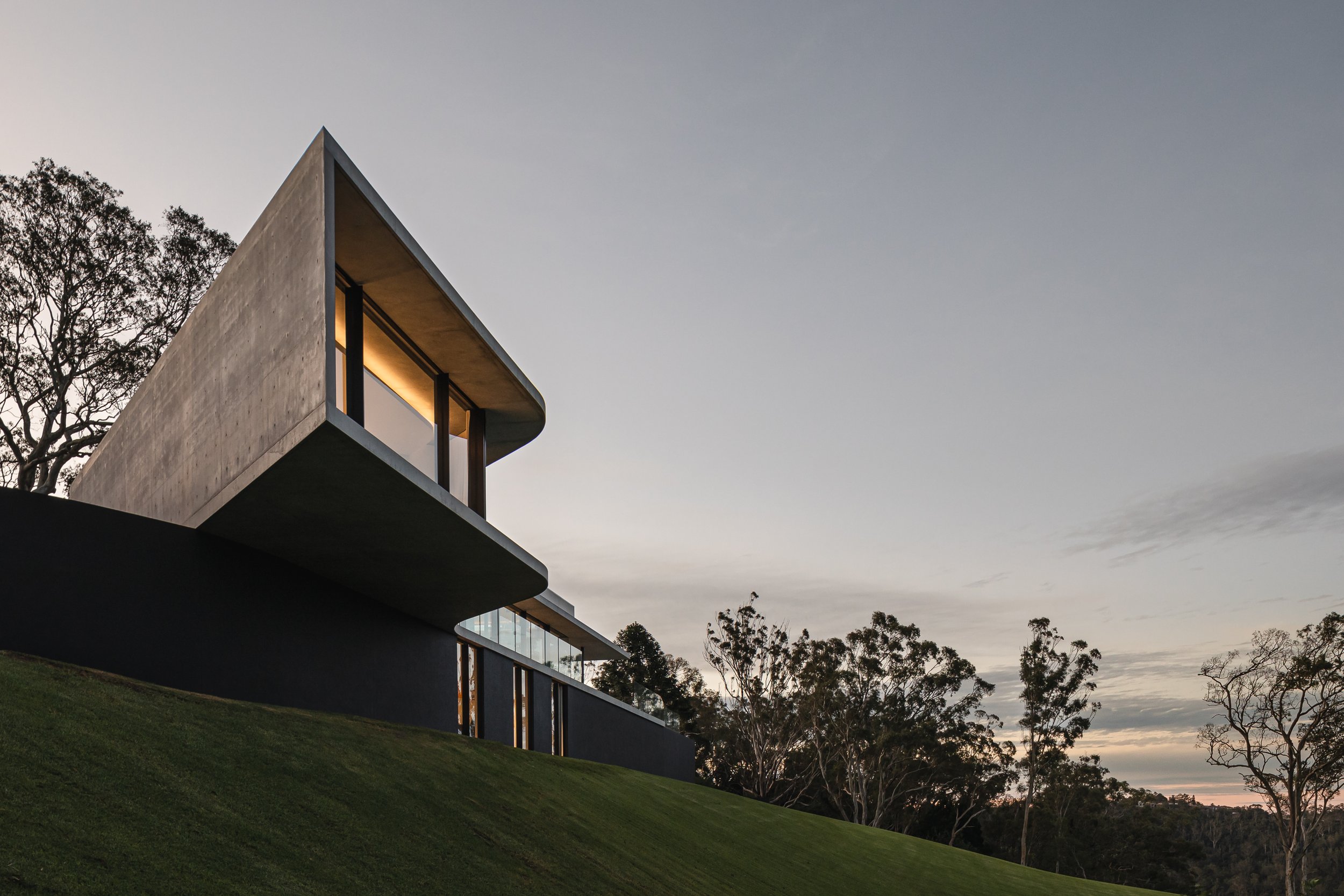Top Patterns in Residential Architecture You Must Understand About
As domestic design proceeds to advance, several compelling trends are shaping the method we create and populate our living rooms. Trick growths such as lasting structure techniques, the assimilation of wise home innovation, and the increase of modular homes highlight a considerable change in the direction of both performance and environmental obligation.
Sustainable Structure Practices
An increasing number of residential projects are welcoming lasting structure techniques, driven by an expanding recognition of environmental impact and energy effectiveness. This shift is characterized by the integration of environmentally friendly materials, energy-efficient designs, and innovative construction approaches. Building contractors and house owners are progressively prioritizing making use of renewable energies, such as bamboo and recycled metals, which not only lower the carbon impact but additionally improve the toughness and aesthetic appeal of residential or commercial properties.
Incorporating energy-efficient systems is an additional vital aspect of lasting building - residential house architect. Attributes such as high-performance insulation, energy-efficient windows, and solar panels are becoming requirement in new household styles. These components not only add to lower power consumption however also supply significant lasting savings for home owners
Furthermore, the format of sustainable homes usually emphasizes all-natural light and ventilation, minimizing the dependence on synthetic lights and environment control systems. Landscaping techniques, such as xeriscaping, further promote sustainability by decreasing water usage.
As the demand for lasting living solutions continues to climb, the household architecture market is positioned to innovate and adapt, guaranteeing that future homes are not just eco liable but likewise comfy and useful for their owners. - residential house architect
Smart Home Technology
Smart home technology is reinventing the method home owners interact with their living areas, boosting safety, power, and ease monitoring. This cutting-edge strategy incorporates numerous tools and systems, enabling individuals to manage their homes remotely or with automated processes. Central to this trend is using smart tools such as thermostats, lights, protection electronic cameras, and devices, all linked through the Web of Things (IoT)
Among one of the most attractive functions of smart home technology is the capacity to personalize settings for optimal power effectiveness. House owners can keep an eye on energy use and readjust heating, air conditioning, and lights based upon their routines, considerably reducing energy prices. In addition, sophisticated safety and security systems equipped with wise locks and surveillance electronic cameras offer comfort, allowing remote monitoring and notifies to potential protection breaches.
Combination with voice-activated assistants improves customer experience, enabling home owners to control tools with simple voice commands. As innovation proceeds to evolve, the capacity for clever home systems to improve high quality of life expands, making them an essential consideration in modern-day residential architecture. Eventually, clever home technology is not simply a pattern however a fundamental shift toward a lot more smart living environments.
Open Concept Living
Open principle living has emerged as a defining function in modern household architecture, characterized by the removal of conventional obstacles in between rooms. This layout philosophy promotes fluidity and connectivity within the home, permitting a seamless transition between locations such as the kitchen area, dining, and living spaces. By removing wall surfaces and partitions, open concept layouts develop a feeling of space, cultivating an inviting ambience that boosts social communication.

Moreover, this technique to residential style straightens with minimalism, focusing on useful simpleness and aesthetic comprehensibility. Property owners value the versatility of these designs, which can be conveniently adapted to show individual style with furniture plan and style. As open concept living proceeds to obtain traction, it stays a testimony to evolving household characteristics and the need for homes that enhance connection and convenience.
Biophilic Layout
Biophilic design has ended up being significantly significant in domestic design, stressing the inherent connection in between humans and nature. This layout approach looks for to incorporate natural environments into living spaces, thus promoting a feeling of wellness and improving the top quality of life for owners. By incorporating features such as natural light, greenery, and organic materials, biophilic design promotes a harmonious relationship between indoor atmospheres and the natural world.
Crucial element of biophilic design include large windows that provide unobstructed views of outdoor landscapes, living wall surfaces that introduce greenery into interiors, and open flooring strategies that urge air flow and natural light penetration. Water attributes, both within and outside the over here home, serve to produce relaxing atmospheres and enhance sensory experiences.
Furthermore, making use of lasting products not only supports ecological stewardship yet likewise contributes to healthier interior air top quality. As understanding of environmental issues boosts, house owners are progressively focusing on styles that reflect their link to nature. Fundamentally, biophilic layout not only boosts aesthetic allure but additionally addresses psychological and emotional needs, making it an important pattern in contemporary household design.
Modular and Prefab Homes

In addition, prefab and modular homes are made with sustainability in mind. Lots of manufacturers use green products and energy-efficient systems, such as solar panels and advanced insulation techniques, adding to lowered power usage and lower utility bills for property owners. The flexibility of design alternatives enables for personalization, satisfying varied visual preferences and functional needs.
As the demand for economical housing remains to increase, modular and prefab homes offer a feasible service, addressing both financial and environmental challenges. visit this site Areas are increasingly identifying the capacity of these structures, integrating them right into metropolitan and country setups. Overall, the fad toward prefab and modular homes represents a change toward more sustainable, efficient, and adaptable living atmospheres, making them a pivotal element of modern domestic style.
Final Thought
Sustainable structure techniques and clever home modern technologies boost performance and ease, while open principle living and biophilic layout foster social communication and a connection to nature. The rise of modular and prefab homes provides customizable and economical remedies, showing a broader change in the direction of practical and accountable living.
Key developments such as lasting structure practices, the integration of clever home modern technology, and the increase of modular homes highlight a substantial change towards both functionality and ecological duty.The increase of modular and prefab homes has actually transformed the residential style landscape, using ingenious solutions for reliable and sustainable living.In addition, prefab and modular homes are made with sustainability in mind. Generally, the pattern towards modular and prefab homes signifies a change toward extra sustainable, efficient, and versatile living environments, making them a crucial aspect of modern domestic style.
Sustainable structure practices and clever home technologies boost efficiency and ease, while open concept living and biophilic layout foster social interaction and a link to nature.